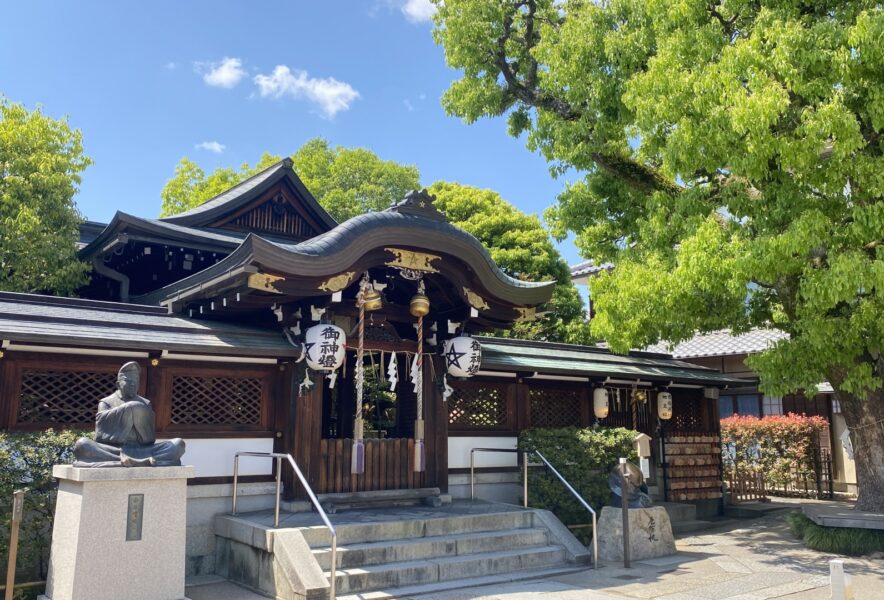Kyoto is one of the major tourist cities that attracts visitors from all over the world. During the holidays, there are many places where there are more tourists than locals.
This time, we will take a walk in Nishijin, a place in Kyoto that has a slightly different atmosphere from the tourist areas. The name “Nishijin” comes from the fact that the Nishijin Army had its headquarters there during the Onin War (1467-1568). Nishijin textiles, used for high-end kimonos, are also made in this area. The Nishijin area is home to many temples, shrines, and Buddhist temples loved by the locals.
Let’s quickly visit them and stroll around Kyoto, which has a slightly different atmosphere from that of a tourist destination.
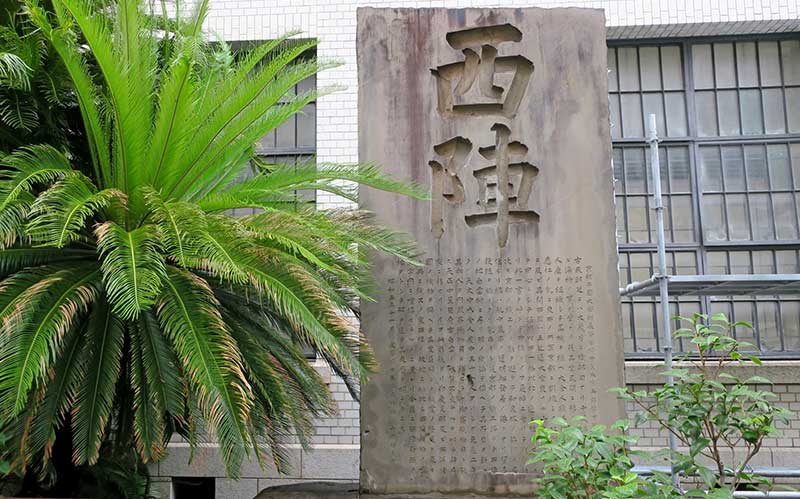
- Kyoto Stroll in Rakuchu and Nishijin Today’s route
- Kyoto Stroll: Start of the Rakuchu and Nishijin Stroll
- A. Horikawa-Imadegawa bus stop
- B. Seimei Jinja Shrine, a famous power spot
- C. Shiramine Jingu Shrine, which is beneficial for sports
- D. Kadode Hachimangu, an old shrine visited by Minamoto no Yoshitsune
- E. Orinasukan, a hand weaving museum where you can enjoy Nishijin textiles
- F. Kuginuki Jizo that removes various kinds of “suffering
- G. Senbon Kamitateuri bus stop
- Kyoto Stroll: Review of Stroll in Rakuchu and Nishijin
- Kyoto Stroll in Rakuchu and Nishijin official website
- Kyoto Stroll in Rakuchu and Nishijin Recommended articles around
Kyoto Stroll in Rakuchu and Nishijin Today’s route
A. Horikawa-Imadegawa bus stop
B.Seimei Jinja Shrine
C.Shiramine Jingu Shrine
D. Kadode Hachimangu Jinja Shrine
E.Hand Weaving Museum Orinasukan
F.Kuginuki Jizo
G.Senbon Kamitateuri bus stop
Kyoto Stroll: Start of the Rakuchu and Nishijin Stroll
A. Horikawa-Imadegawa bus stop
This walk began at the Horikawa-Imadegawa bus stop, located south of the intersection of Horikawa Dori and Imadegawa Dori. This bus stop faces Horikawa Dori, and right next to it is the Nishijin-ori Kaikan, where you can buy small articles made in Nishijin.
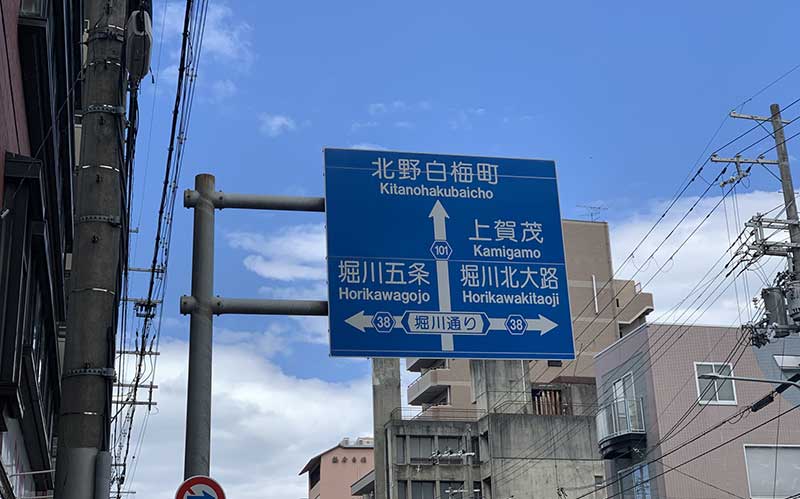
Horikawa Dori is one of the larger streets running through Kyoto City. It has a completely different atmosphere from Shijo Dori and Kawaramachi Dori, which are wide streets with many automobiles and a busy downtown area. Nevertheless, it has wide sidewalks and is surrounded by street trees, making it a relaxing and safe place to walk.
Let’s start by walking south from the Horikawa-Imadegawa bus stop. After a short walk, you will see a torii gate on your right. Behind this torii gate, you will find Seimei Shrine, your first destination.

B. Seimei Jinja Shrine, a famous power spot
Do you know the novel “Onmyoji”? It is a story written by author Baku Yumemakura, and has been made into a manga and a movie. In particular, many of you have probably seen the movies, which have been produced several times and broadcast on TV.
The main character in these “Onmyoji” series is Abe no Seimei, one of the most famous Onmyoji in Japan. And Seimei Shrine is dedicated to Abe no Seimei.
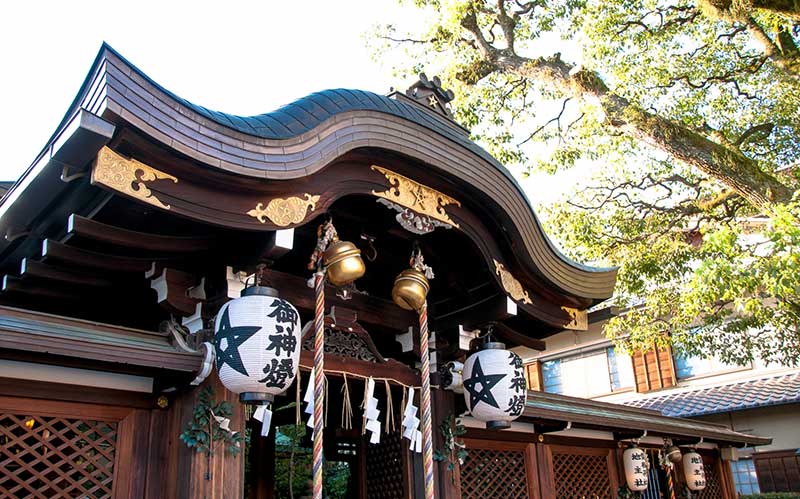
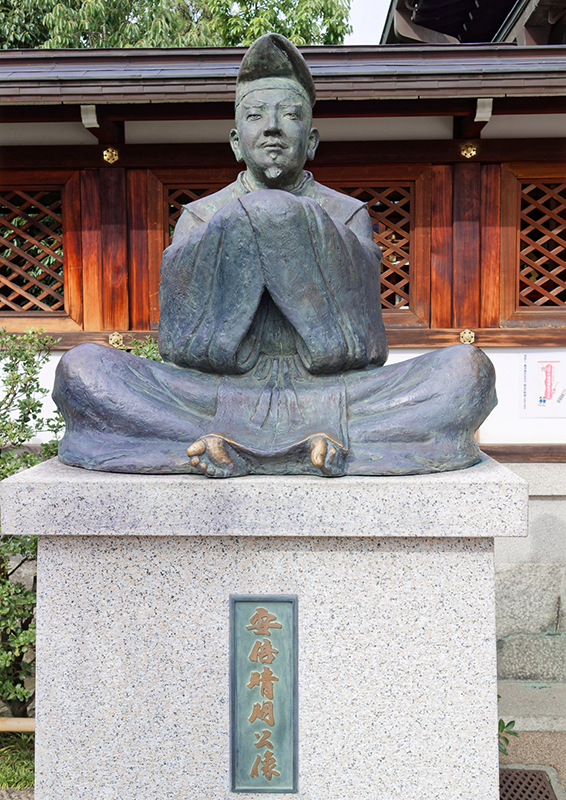
Seimei Shrine was founded in 1007. It is said to have been built by shrine parishioners on the site where the residence of Abe no Seimei once stood. The shrine had long been worshipped by the local people for its beneficial properties to ward off bad luck and evil spirits. The works of art mentioned above eventually made it well-known. Today, the shrine is visited by many people as a power spot.
Although Seimei Shrine is a small shrine, its precincts are filled with many attractions. In particular, be sure to see the old Ichijo Koronbashi Bridge and the Seimei Well.
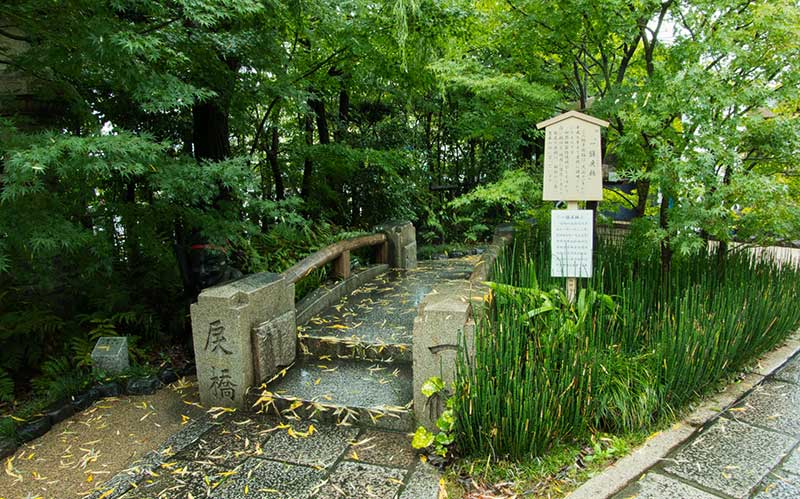
It is said that Abe no Seimei controlled numerous shikigami because of their power. However, his wife feared the shikigami, and Abe no Seimei had them live under a bridge. The old Ichijo Koronibashi Bridge is a reproduction of that bridge with its old parapets. If you walk along Horikawa Dori for a short distance, you will find Ichijo-goribashi Bridge, which was replaced in the Heisei era.

The Seimei Well is a well said to have been created by the power of Abe no Seimei. The Seimei well is depicted with a pentagram, a well-known symbol in the Yin-Yang path, and the water that flows from the well is said to be beneficial for healing illnesses.
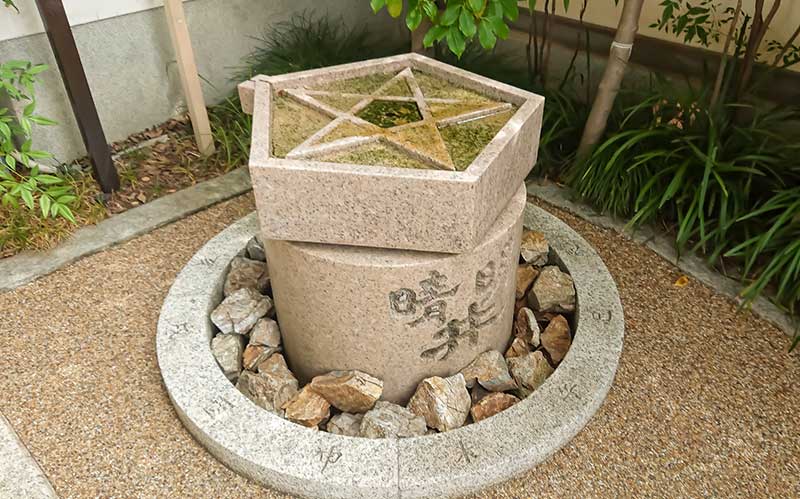
After visiting other sites such as a peach shaped like a realistic peach to ward off evil spirits and a statue of Abe no Seimei, head to your next destination.
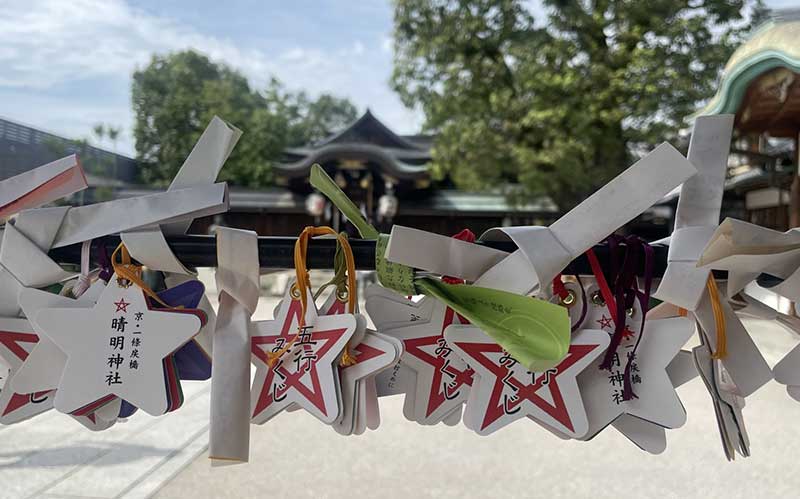
Exit Seimei Shrine and proceed to the left to the Horikawa-Imadegawa intersection. Cross the traffic light and turn left to go forward. After a short walk, you will see the torii gate of Shiramine Shrine on your left.
C. Shiramine Jingu Shrine, which is beneficial for sports
There is a ghost story written in the Edo period called “Amezuki Monogatari” (Tales of the Rain and Moon). In this tale, there is an ippen called “Shiramine,” which describes a chance encounter between Saigyo Hoshi and Emperor Shotoku, who became a grudge spirit.
In addition, there are three figures in Japan who became so-called “three generations of grudge spirits,” or so-called “possessed gods. They are Taira no Masakado, Sugawara no Michizane, and Emperor Sutoku. As can be seen from the above, Shiramine Jingu Shrine is dedicated to Emperor Sutoku as the main deity.
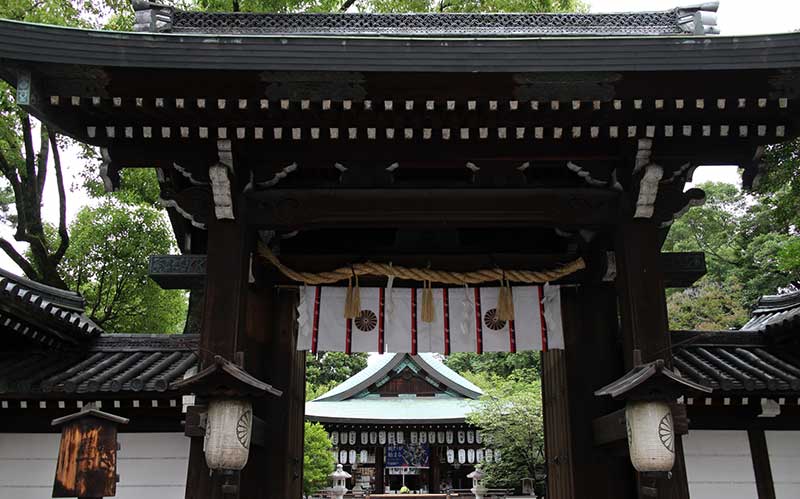
Shiramine Jingu was founded in 1868. The land was originally the residence of the Asukai family, the head family of kemari and waka poetry, and because of this connection, Seidai Myojin, the guardian deity of “Mari” is also enshrined here.
Kemari was the most popular sport in the Heian period (794-1185). As can be seen from the fact that the shrine enshrines the guardian deity of “Mari” and was built on the site of the former head family of kemari, Shiramine Jingu Shrine is believed to be beneficial for sports-related activities. Many people who wish to improve their sports skills visit the shrine, and you can see a dedicated ball in the main hall.
The festival is held annually on April 14 and July 7, and includes a kemari dedication, which will give you a taste of the atmosphere of the Heian period (794-1192). 30-minute kemari experience is also available, so if the date and time work for you, please join in the experience.
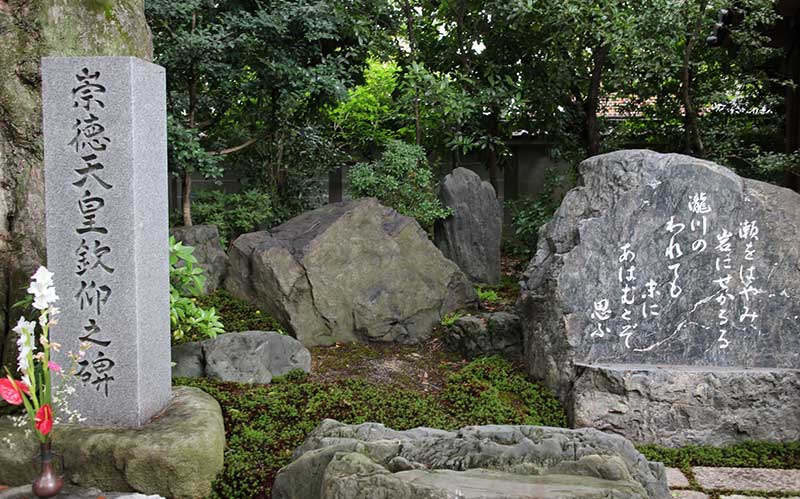
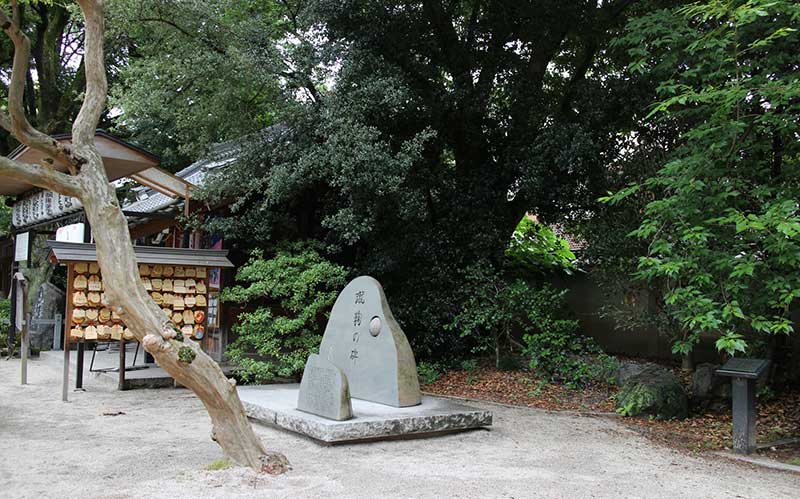
When you have finished visiting the shrine grounds, proceed to your next destination.
Exit Shiramine Jingu Shrine and turn right, returning to the Horikawa-Imadegawa intersection. Cross the intersection straight and continue straight for a while; at the third traffic light (Chiekoin Dori), turn right and you will see Shukumine Hachimangu Shrine on your left side.
D. Kadode Hachimangu, an old shrine visited by Minamoto no Yoshitsune
Kadode Hachimangu is a very small shrine, located adjacent to a park. However, despite its small size, it is one of the shrines with a long history.
It is not known when the shrine was founded. According to legend, the main deity is Homutabetsuzon (Homuta no Sumeramikoto), who was invited from Usa Jingu Shrine in Oita Prefecture. Originally called Uchino Hachimangu Shrine, it played an important role in protecting the demon gate of Heian-kyo.
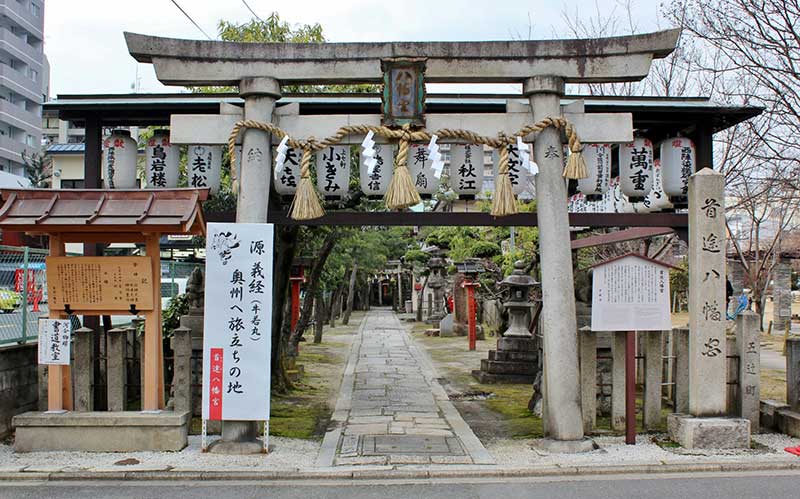
When Minamoto no Yoshitsune, whose name was still Ushiwakamaru, left Kuramadera Temple to travel to Oshu Hiraizumi (now Iwate Prefecture), he visited this shrine to pray for safety along the way. The word “shudo” means departure or departure on a journey. Since then, Uchino Hachimangu Shrine has been called Suto Hachimangu Shrine and is believed to be beneficial for safe travels.
Minamoto no Yoshitsune was deeply involved in the renaming of Uchino Hachiman-gu Shrine to Shutsu Hachiman-gu Shrine.
There are stone monuments in the precincts of Shuzu Hachiman-gu Shrine that indicate Yoshitsune’s departure for Oshu (the province of Oshu). Let’s go and see them while you visit the shrine.
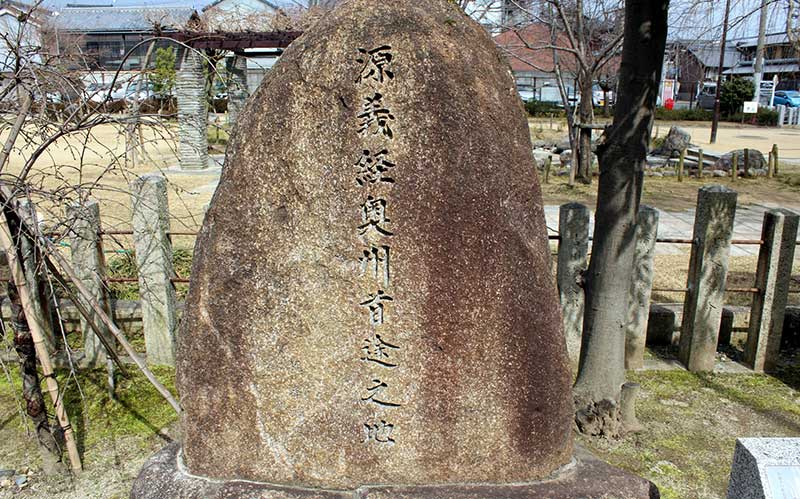
After visiting the shrine, head for your next destination.
After exiting the shrine, turn left and walk through the residential area. This street is surrounded by a wall and is quite narrow.
After a short walk, you will see Amaho-in Temple, which is known to have been opened by Kobo Daishi. Let’s leave worshipping here for the next time and head further ahead. On your right is Jofukuji Dori, a street made of beautiful cobblestones. As soon as you enter this street, Ori Seikan stands on the left side.
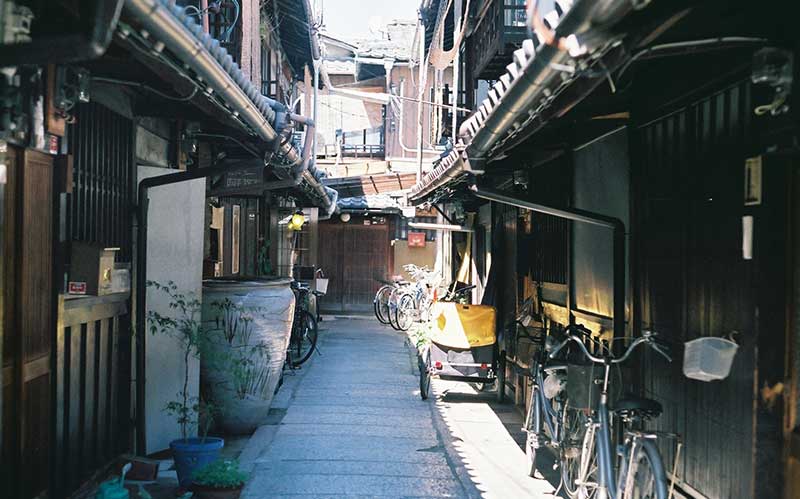
E. Orinasukan, a hand weaving museum where you can enjoy Nishijin textiles
Nishijin brocade is the pride of Kyoto, Japan’s premier silk fabric. It is characterized by the use of colorful threads in its weaving, and its beauty is highly acclaimed worldwide. If you are a kimono lover, you have probably admired it at least once.
Orinasukan is a museum where visitors can enjoy such Nishijin textiles and the world of textiles from all over Japan.
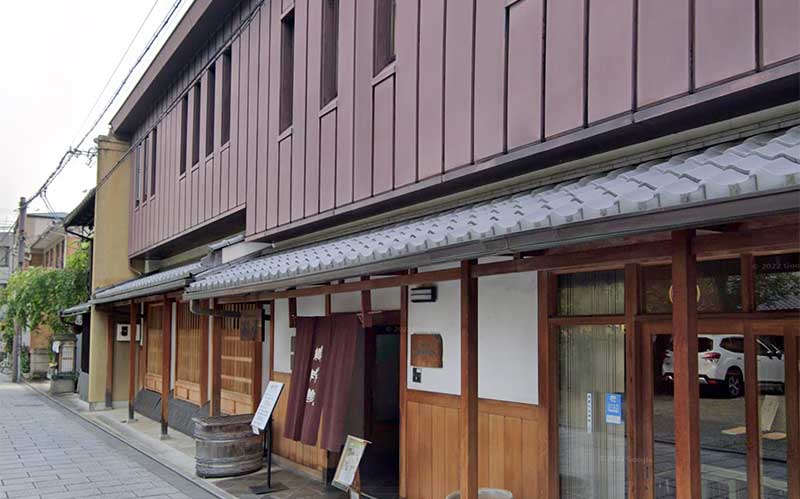
The highlight of the Orinasukan is a restored Noh costume from the Edo period. This Noh costume is made of Nishijin brocade and radiates a glittering beauty. Visitors can also try their hand at weaving at the Orijo-kan. It takes time and costs a fee, so please try it in your spare time.
In addition, visitors to the Orinasukan can view a collection of period costumes based on a theme. Visitors will be able to take their time to immerse themselves in the atmosphere of the period and the world of beautiful textiles.
Exit the Orinasukan and head in the direction of the left. Continue along the cobblestone path you walked earlier to your final destination. At the first crossroad, turn right. You will again go through a residential area. After walking for a while, you will come to a wide street, Senbon Dori. Turn right on this road, walk for a while, and you will see Nugiduke Jizo on your right. It may be a little difficult to find it because it is surrounded by ordinary houses and is tucked away in the middle of the street.
F. Kuginuki Jizo that removes various kinds of “suffering
Kuginuki Jizo, officially called Syakuzo-ji Temple, was founded by Kobo Daishi in 819. It has been believed by the local people since ancient times to remove all kinds of suffering from the mind and body.
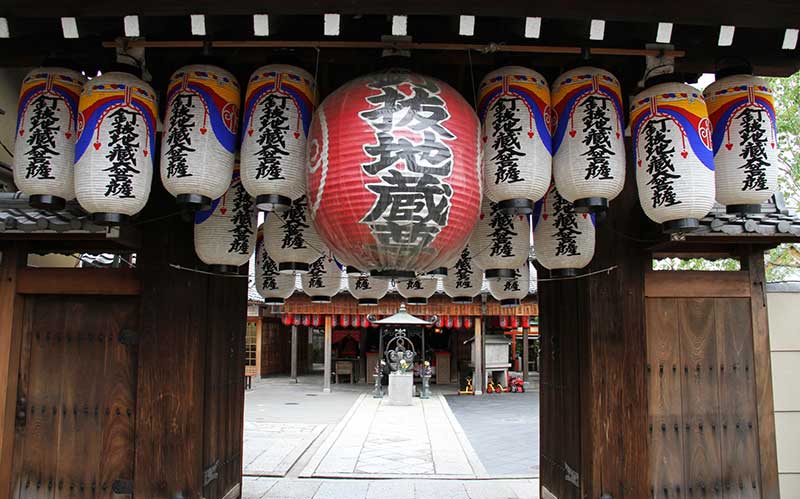
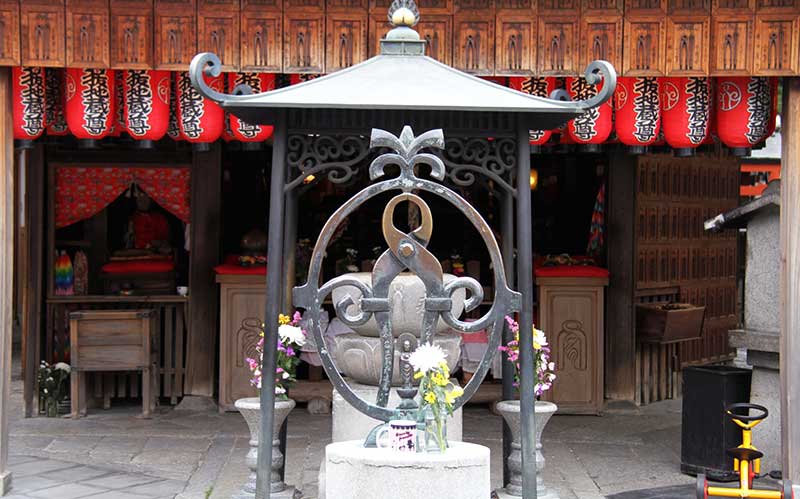
The “Kugi” in the name represents the suffering that people have. It is said that people suffer when a nail gets stuck in them for some reason. Originally, it was called “Kugi-nuki Jizo” (meaning “to pull out” suffering), but it is said that the name was changed to “Kugi-nuki Jizo” (meaning “nail pulling out Jizo”) in an accent.
It is customary to dedicate an ema (votive tablet) with a nail and an eight-sided nail attached to it as a token of gratitude for the help received. Even today, a large number of ema (votive picture tablet) can be seen at the Jizo Hall.
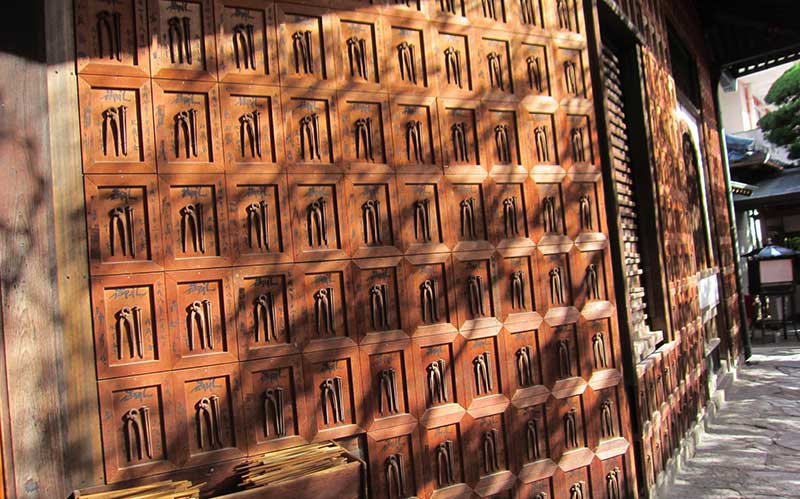
If you have any problems or sufferings, please visit the temple quietly and mindfully. Jizo may be able to help you. And don’t forget to thank him.
After visiting the shrine, head for the goal point of this walk.
G. Senbon Kamitateuri bus stop
Exit the Nugiduke Jizo and turn left. Walk along the wide Senbon Dori. Although there is a lot of traffic, you can walk comfortably because of the wide sidewalks.

After crossing the first traffic light and proceeding a little further, you will see the Senbon Kamidachiuri bus stop on your left. From this bus stop, there are buses heading not only to Kyoto Station but also to Shijo-Kawaramachi, Kyoto’s largest shopping district, making it a very convenient stop.
Well, let’s end this stroll here. Thank you for your hard work.
Kyoto Stroll: Review of Stroll in Rakuchu and Nishijin
1A.(Start) Horikawa-Imadegawa bus stop
↓ 130m
B. Seimei Jinja Shrine
↓ 350m
C. Shiramine Jingu Shrine
↓ 600m
D. Kadode Hachimangu Shrine
↓ 400m
E. Orinasukan, Teori Museum
↓ 500m
F. Kuginuki Jizo
↓ 140m
G.(Goal) Senbon Kamitachiuri bus stop
Kyoto Stroll in Rakuchu and Nishijin official website
・Seimei Jinja Shrine Official Website:Click here
・Shiramine Jingu Shrine Official Website:Click here
・Kadode Hachimangu Shrine Official Website:Click here
・Hand Weaving Museum Orinasukan Official Website:Click here
・Kyoto Tourism Federation Official Site Kuginuki Jizo Shakuzouji Temple :Click here
